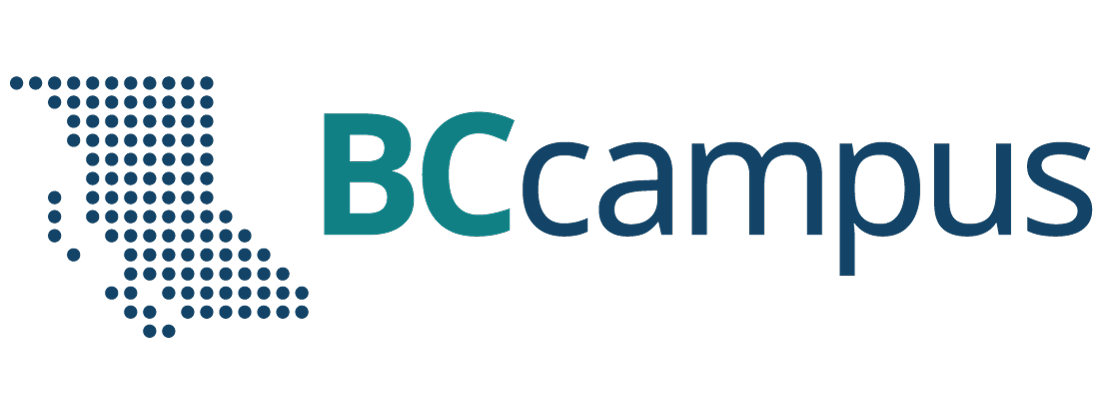Chapter 9: Effective Communication
Learning Objectives
By the end of this chapter, the reader will be able to:
- Explain the communication process.
- Recognize barriers to communication.
- Identify the three major communication styles.
- Develop active listening techniques.
- Develop techniques to communicate professionally (assertively) (appropriately depending upon the situation). (effective complaints, saying no, texting vs calling)
- Receive, utilize, and provide feedback effectively.
Terms to Know
Communication – The act of exchanging information.
Linear communication – The process of one-way communication.
Transactional communication – The process of two-way communication.
Dogmatism – Expressing our opinions and assumptions as fact.
Feedback – Information provided by others and often used for reflection and self-improvement.
Case Study: Talia (She/Her) Worries About Her Communication Skills
Talia is thrilled with her WIL position at the vet clinic, Pawsome Animal Hospital. She loves animals and this will be a great experience to add to her resume and veterinary school application. She’s a little intimidated though, about answering the phone, making appointments, and greeting clients. She’s always been a little shy and quiet. She would like to know more about the communication process. How should it sound when people are speaking and writing professionally? What if someone makes a complaint? How do you respond without getting upset? She also knows that feedback will be part of the WIL experience and she’s a little nervous about this piece of the process. Let’s look at some ways to help Talia feel more comfortable in her new role.
The act of exchanging information.
The process of one-way communication.
The process of two-way communication.
Expressing our opinions and assumptions as fact.
Information provided by others and often used for reflection and self-improvement.

